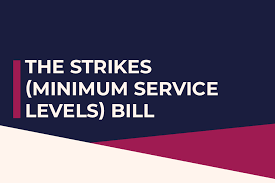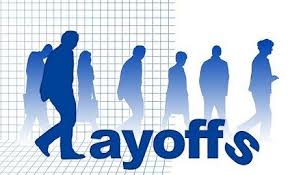The First Amendment and Public Employees under Employment Law
The First Amendment and Public Employees
Overview
The First Amendment protects freedom of speech, including the right to speak on matters of public concern. However, when it comes to public employees, the relationship between their speech rights and their employment can be complex. This is because public employers (government entities) have interests in maintaining efficient operations and discipline, while employees have rights as citizens.
Key Issues in Public Employee Speech
Balancing Test: Courts balance the employee’s interest in commenting on matters of public concern against the employer’s interest in promoting workplace efficiency and discipline.
Public Concern: Speech must address a matter of public concern (e.g., government corruption, public safety) to gain First Amendment protection in the employment context.
Speech as Citizen vs. Employee: Speech made as a private citizen on public issues is more protected than speech made pursuant to official duties.
Retaliation: Public employees cannot be punished or fired in retaliation for protected speech without the government showing an overriding interest.
Important Case Law on First Amendment Rights of Public Employees
1. Pickering v. Board of Education (1968)
Facts: A teacher wrote a letter to a newspaper criticizing the school board’s handling of finances. The school board fired him.
Issue: Whether the teacher’s First Amendment right to free speech was violated.
Holding: The Supreme Court established a balancing test weighing the interests of the employee as a citizen commenting on public issues against the government’s interest in efficient school operation.
Significance: This case is foundational in protecting public employee speech on matters of public concern, preventing arbitrary dismissal for such speech.
2. Garcetti v. Ceballos (2006)
Facts: A public prosecutor wrote a memo criticizing a warrant, and was later disciplined.
Issue: Whether speech made pursuant to official duties is protected by the First Amendment.
Holding: The Court ruled that when public employees speak pursuant to their official duties, they are not speaking as citizens and thus have no First Amendment protection.
Significance: Limits protection for speech closely tied to job responsibilities, focusing on whether speech was made as a citizen.
3. Connick v. Myers (1983)
Facts: A public employee circulated a questionnaire about office morale and was fired.
Issue: Whether the questionnaire addressed a matter of public concern.
Holding: The Court ruled that only some of the questionnaire's content related to public concern; the rest was personal and thus not protected.
Significance: Emphasized the requirement that speech must address public concern to receive protection.
Application of the Principles
If a public employee speaks as a citizen on a matter of public concern, the speech is protected, unless the employer shows that the speech disrupted workplace efficiency or discipline.
If the speech is part of the employee’s job duties, no First Amendment protection exists for that speech.
Employers may discipline employees for speech that threatens workplace harmony or interferes with duties, even if the speech is on a public issue.
Summary
The First Amendment protects public employees' speech on matters of public concern, but this protection is balanced against government employer interests.
Pickering v. Board of Education set the balancing test.
Garcetti v. Ceballos limits protection for speech made as part of official duties.
Speech not addressing public concerns or speech that disrupts workplace operations may not be protected.









0 comments